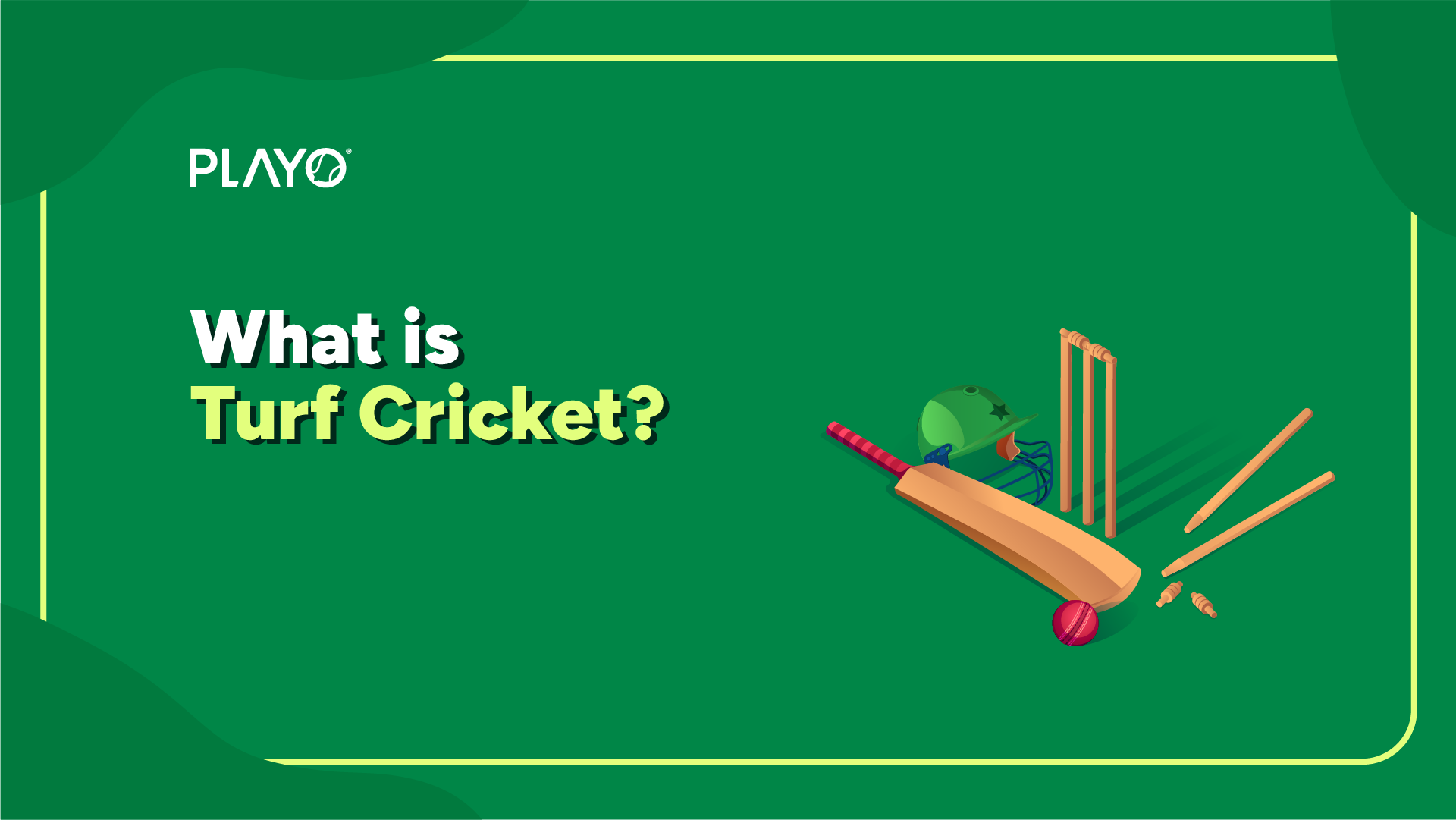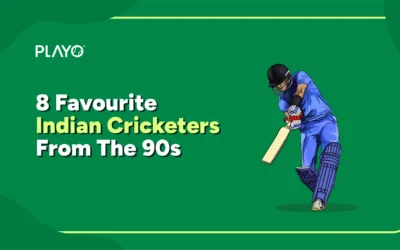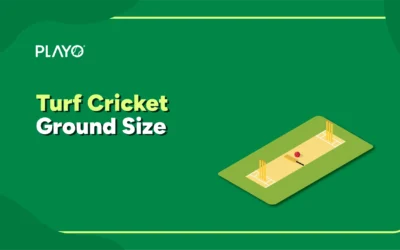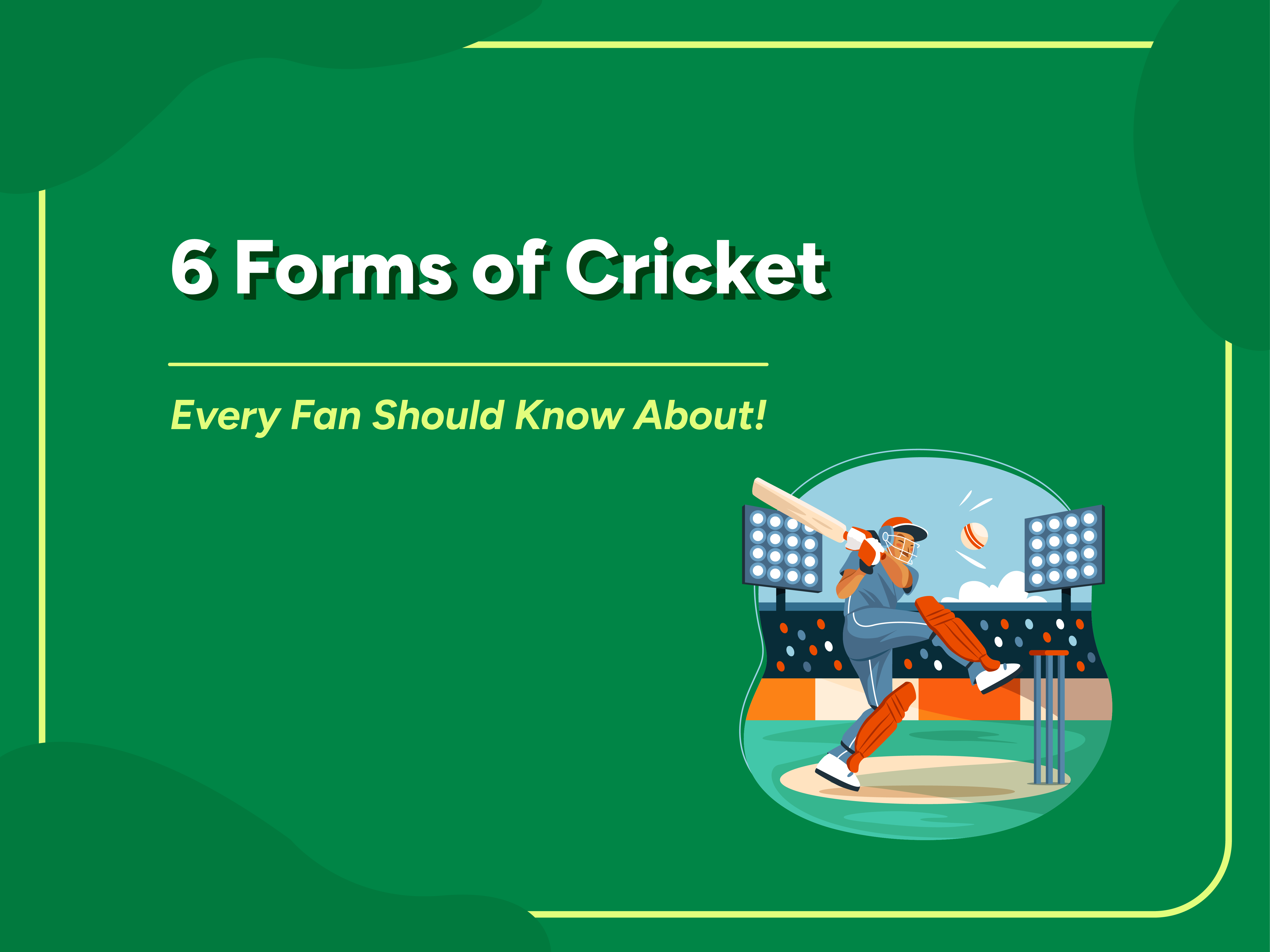Turf cricket is a scaled-down, outdoor version of traditional cricket played on a compact field with natural grass or artificial turf. Unlike professional stadium cricket, turf cricket is designed for accessibility, commonly featured in weekend leagues, school tournaments, college competitions, and semi-professional or community clubs.
Crucially, turf cricket is not played inside nets- that’s box cricket. The term “turf” refers to the playing surface, but in common usage, “turf cricket” describes open-field play with real boundaries where the ball can go out of play. Matches on natural turf closely mimic professional conditions, while synthetic turf offers consistent bounce, low maintenance, and all-weather usability, making it ideal for regular play.
So, what is turf cricket? Simply, it’s authentic cricket played outdoors on a grass or artificial surface, with standard rules, leather or composite balls, and real fielding dynamics.
Why Everyone Mixes Up Turf Cricket and Box Cricket
You’ve probably heard someone say, “We’re playing turf cricket this weekend!” only to arrive and find the match happening inside an indoor net cage. This confusion is quite common among casual players. The main reason is that both turf cricket and box cricket are short-format, recreational versions of the game loved by weekend players and corporate teams for their speed and convenience.
Adding to the mix-up, many box cricket venues have artificial ‘turf’ flooring, so players often refer to it as turf cricket even though it’s played indoors. Moreover, in everyday conversation across many cities, the word “turf” has become a catch-all term for any non-stadium cricket, whether it’s open-air or enclosed.
Let’s make it clear:
- Turf cricket = open mini-ground, grass or synthetic surface, no nets.
- Box cricket = indoor or enclosed arena with rebound nets, even if the floor is turf.
Read More: Turf Cricket Ground Size
Benefits of Playing on Turf
Playing on a turf surface has significant advantages for cricketers at every level:
- Realistic practice: Turf pitches simulate natural bounce, pace, and turn, similar to stadium conditions.
- Skill development: Players learn footwork, swing, and reading of pitch movement better than on an indoor court.
- All-weather durability: Synthetic turf is playable in light rain or varied climates, enabling consistent training and leagues.
- Professional feel: Turf grounds provide a proper boundary, field setup, and ball behaviour, enhancing match quality.
- Community bonding: Most turf cricket venues support weekend leagues, creating a competitive yet social atmosphere for amateurs and enthusiasts.
Difference Between Turf Cricket and Box Cricket
Although both turf cricket and box cricket are popular among amateur and corporate players, they differ significantly in setup and gameplay. The table below highlights the key distinctions between the two formats:
| Feature | Turf Cricket | Box Cricket |
| Playing Area | Open outdoor mini-ground | Fully enclosed netted arena |
| Boundaries | Yes, the ball can go out of play | No, the ball rebounds off the nets |
| Surface | Grass or artificial turf (outdoor) | Often, artificial turf is on a hard floor |
| Team Size | 8–11 players | 6–8 players |
| Ball Type | Leather or composite cricket ball | Tennis or rubber ball |
| Game Style | Closer to traditional cricket | Fast-paced, high-scoring |
What is a Turf Pitch in Cricket? (Natural vs. Synthetic)
A turf pitch is the central strip of the playing area used for batting and bowling. This surface type governs ball behaviour, pace, and player strategy. Turf pitches come in two primary forms:
1. Natural Turf Pitch
- Constructed with layered soil and grass, then rolled to create bounce.
- Offers variable pace, seam movement, and spin depending on wear and moisture.
- Requires constant maintenance—watering, mowing, rolling, and marking.
- Found in professional tournaments, academies, and serious training setups.
2. Synthetic Turf Pitch
- Made from woven artificial grass fibres over a shock-absorbing base.
- Delivers consistent bounce and pace regardless of weather.
- Needs minimal upkeep and allows all-year play.
- Common in schools, public parks, and community turfs.
Both types enable “turf cricket”, provided the game is played outdoors with boundaries. The choice between natural and synthetic depends on maintenance needs and playing frequency.
Basic Turf Cricket Rules (Weekend League Standard)
Most leisure leagues and local competitions follow simplified yet standardised turf cricket rules. Here’s an outline:
- Team size: 8–11 players per side
- Overs: Typically 10–20 per innings
- Pitch length: Full 22 yards like traditional cricket
- Ball type: Leather or approved composite ball
- Dismissals: Bowled, caught, run-out, stumped, LBW (some leagues skip LBW for speed)
- Boundaries: 4 runs if grounded, 6 runs if hit over the boundary rope
- Fielding restrictions: Usually relaxed compared to professional cricket
- Player rotation: Frequent substitutions allowed in casual formats
These turf cricket rules combine authenticity with flexibility, perfect for weekend play that still feels close to the real game.
Conclusion
Turf cricket offers a refreshing mix of realism and recreation. It’s outdoor cricket on grass or synthetic turf, featuring true boundaries and using real cricket balls. Most importantly, it’s not box cricket.
So next time someone says they’re going to play “turf cricket,” check if there are nets around. If yes, that’s box cricket. If not, you’re about to experience cricket the way it’s meant to be played, under open skies.
Download Playo on Android or iOS, or visit playo.co to start playing!
Frequently Asked Questions
It depends on area size and type; natural turf can cost ₹5–10 lakh for preparation and upkeep, while synthetic turf setups start around ₹3–6 lakh, depending on quality.
No. True turf cricket is outdoor and open. Indoor, net-bound matches fall under box cricket.
Turf pitches are grass or synthetic surfaces offering bounce variation; mat pitches use rubber sheets, creating lower, faster bounce with limited grip.
Leather or composite cricket balls, depending on league regulations. Some synthetic pitches also allow limited-use rubber or semi-soft balls.
Yes! Turf cricket helps beginners learn proper techniques, footwork, and shot timing in real conditions while staying safer and more controlled than full-length stadium play.





0 Comments